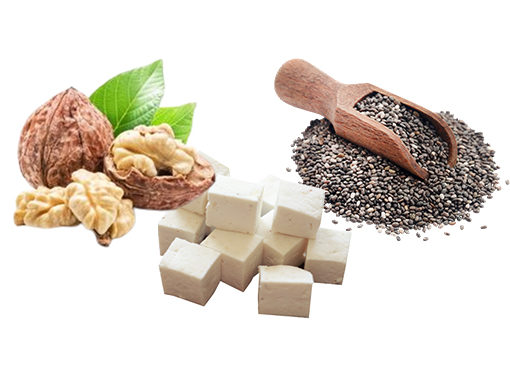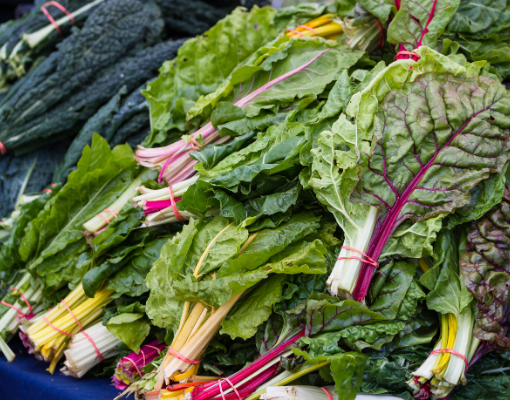Mycotoxins are byproducts of fungi, such as mold, that are toxic to humans (1). There are also compounds that are suspected of being mycotoxins but we don’t yet have enough research to draw any conclusions about them. These suspected mycotoxins are referred to as “emerging mycotoxins.” Enniatins (ENN) and beauvericin (BEA) were of specific interest in a 2019 study measuring levels of emerging mycotoxins in plant milks in Spain (2).
In 2014, due to a lack of evidence, the European Food Safety Authority concluded that short-term exposure to ENNs and BEA does not warrant concern for human health, but there isn’t enough evidence to rule out concern about long-term term exposure. The U.S. Food and Drug Administration hasn’t released any findings or statements about ENNs and BEA.
Because some studies have found these emerging mycotoxins in some cereals and nuts that are used to make plant milks, researchers sought to measure BEA and ENN levels in various plant milks. They looked at 16 soymilk, 8 rice milk, and 8 oat milk samples purchased from local markets in Granada, Spain. Brand names weren’t disclosed. Emerging mycotoxins were detected in 2 soy, 0 rice, and 6 oat milk samples.
We don’t have any studies showing that humans consuming any levels of these emerging mycotoxins experience any sort of harm. Based on this evidence, we don’t see a need to advise the avoidance of plant milks.
References
1. Mycotoxins. World Health Organization. Published May 9, 2018. Accessed January 15, 2020.




